Content from the Brookings Institution India Center is now archived. After seven years of an impactful partnership, as of September 11, 2020, Brookings India is now the Centre for Social and Economic Progress, an independent public policy institution based in India.
This article first appeared in the Hindu BusinessLine on October 28, 2017
It is unfortunate that the entire focus of India-US bilateral trade has come down to discussing the H-1B visa issue, said Harsha Vardhana Singh, Executive Director, Brookings India. He said this was a small issue in the entire gamut of bilateral trade.
In an interview with BusinessLine, Singh, who is former Deputy Director Director-General of the World Trade Organisation (WTO), said the focus should be on coherence in standards and creation of level-playing field in policies. Excerpts:
How do you read this over emphasis on trade deficit by the US with India?
There is a lot of focus on the trade deficit. But the emphasis is not so much on India than on other countries like China and Germany. The issue is how to deal with it. What the US feels is that they need to focus on job creation at home through trade agreements or through discussions with governments. This is not big a concern for India. But, as India grows and its middle class grows, the trade profile of India is likely to change. In a world where you need to have much closer links with global markets, it is an evolving scene.
So what are the main concerns of the US?
The concern on trade deficit with the US is in terms of policies which may be distorting the playing field, especially in the areas of standards. In other areas of non-tariff barriers, India is undertaking a lot of reform, easing conditions of doing business and facilitating trade. The policy on trade facilitation will take us further. Moreover, the implementation is now at the States’ level. There are efforts to link trade with global value chains and create conditions to increase trade.
Read the full interview.
The Brookings Institution is committed to quality, independence, and impact.
We are supported by a diverse array of funders. In line with our values and policies, each Brookings publication represents the sole views of its author(s).
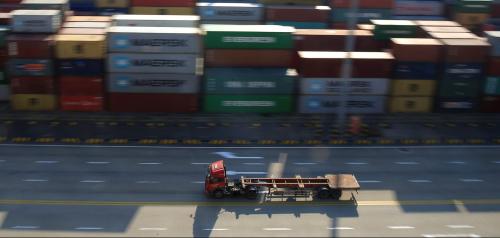
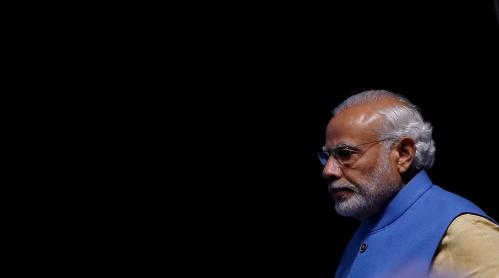
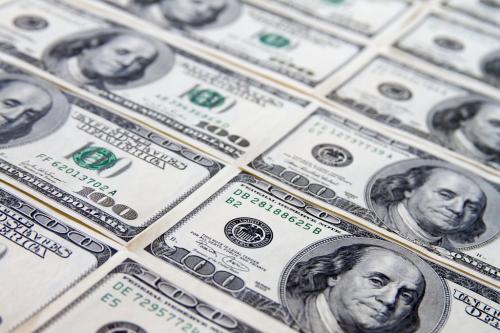
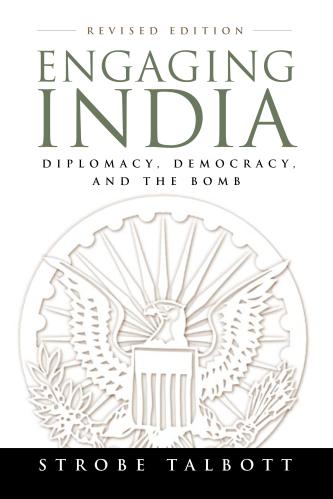
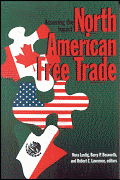
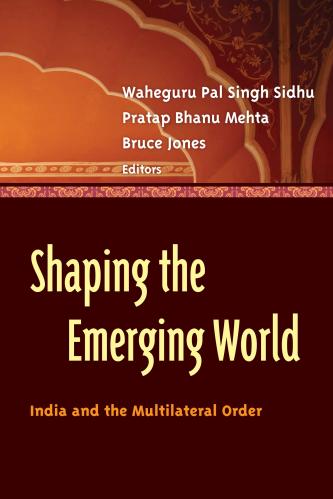



Commentary
‘H-1B is an important but small issue in India-US trade’
October 30, 2017